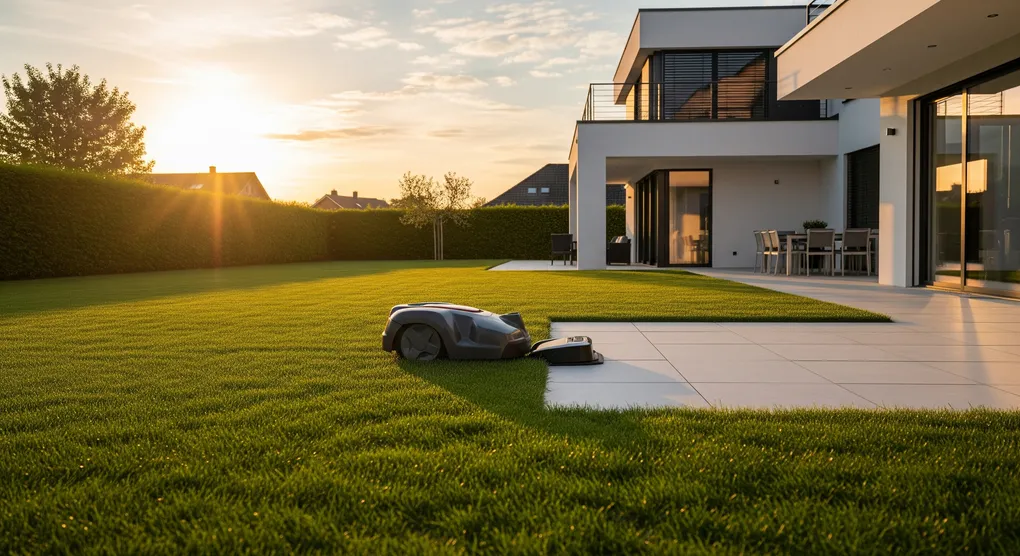
5 Things You MUST Do Before Your Robot Mower Arrives
Congratulations! You’ve decided to take the leap into automated lawn care. While modern robot mowers are incredibly smart, their performance depends heavily on the environment they work in. A little preparation goes a long way.
Taking these five steps before your new robot arrives will prevent countless headaches, ensure it never gets stuck, and give you that perfect, hands-off mowing experience from day one.
1. The “First Cut” with Your Old Mower
This might seem counterintuitive, but it’s the most important step. Robot mowers are designed to maintain a healthy lawn height, not clear a jungle. They struggle with very long, thick grass. Before you set up your robot, give your lawn one last cut with your old mower, setting it to a height of about 2-2.5 inches (5-6 cm). This gives your new robot a clean slate to work from.
2. Clear the Decks (and the Lawn)
Walk your entire yard and remove any potential obstacles. This includes the obvious things like garden hoses, kids’ toys, and lawn furniture, but also smaller items like rocks, thick branches, or pet waste. While modern mowers have obstacle avoidance, removing clutter guarantees a more efficient and uninterrupted mow.
3. Level the Playing Field
Robot mowers can get stuck in small, sharp dips or holes. Take a slow walk around your yard and look for any significant ruts or holes (e.g., from digging pets or settled ground). Fill these in with a mix of topsoil and sand a week or two before your mower arrives to give the grass time to recover. A smoother lawn is a happier lawn for a robot.
4. Plan Your Base Station Location
The charging station is your robot’s home, and its location is critical. Find a spot that is:
- On level ground. The robot needs to dock smoothly.
- Near an outdoor power outlet.
- Has a clear view of the sky. For models with GPS/RTK stations, an unobstructed sky view is non-negotiable for a strong signal.
- Has good Wi-Fi coverage. You’ll need it for app connectivity.
5. Define Your Edges
If you have garden beds or mulch areas that are flush with your lawn, consider installing a short, solid border (like stone or brick pavers). This creates a physical “bump” that the mower’s sensors can easily detect, ensuring it doesn’t wander into your flower beds and giving you a cleaner edge line.